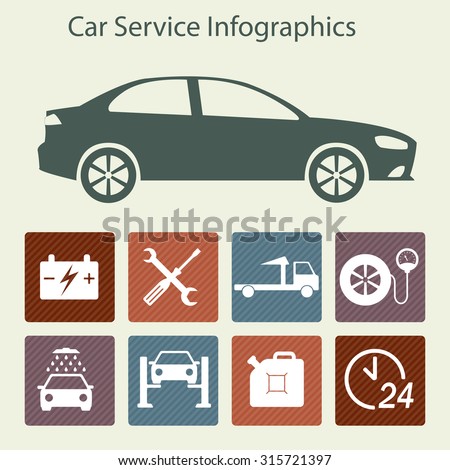When you lag the wheel, those radiant caution lights on your dashboard can be a bit bewildering. Do you understand what they're attempting to inform you concerning your automobile's wellness? Recognizing the relevance of these lights is vital for your safety and the longevity of your automobile. So, the next time one of those lights pops up, would not you want to analyze its message properly and take the needed actions to resolve it?
Common Warning Lights and Interpretations
Identify common caution lights in your auto and understand their definitions to ensure safe driving.
The most normal warning lights consist of the check engine light, which indicates issues with the engine or emissions system. If this light comes on, it's important to have your car examined immediately.
The oil pressure cautioning light suggests reduced oil stress, needing immediate focus to avoid engine damage.
A flashing battery light may recommend a damaged billing system, possibly leaving you stranded otherwise dealt with.
The tire pressure surveillance system (TPMS) light alerts you to reduced tire stress, impacting lorry stability and fuel efficiency. Ignoring this could result in risky driving conditions.
The abdominal light suggests an issue with the anti-lock stopping system, endangering your capability to stop quickly in emergencies.
Last but not least, the coolant temperature level warning light warns of engine overheating, which can lead to serious damage otherwise dealt with quickly.
Comprehending these common warning lights will help you deal with issues promptly and maintain safe driving conditions.
Significance of Prompt Interest
Comprehending the common caution lights in your automobile is only the initial step; the significance of quickly resolving these cautions can not be highlighted enough to guarantee your safety on the road.
When a caution light illuminates on your dashboard, it's your automobile's means of communicating a possible problem that needs interest. Neglecting these cautions can bring about a lot more severe troubles later on, endangering your safety and possibly costing you more in repairs.
Prompt focus to advising lights can protect against break downs and accidents. For example, a flashing check engine light might show a misfire that, if left unattended, might create damages to the catalytic converter. Resolving this immediately can conserve you from a costly repair service.
Similarly, https://carbrakesnearme06162.blogrelation.com/37321578/uncovering-neighborhood-excellence-a-trip-to-high-quality-car-repair-work-shops-near-you cautioning light might signify low brake fluid or worn brake pads, important components for your safety and security when driving.
DIY Troubleshooting Tips
If you see a warning light on your control panel, there are a couple of do it yourself troubleshooting suggestions you can attempt prior to seeking professional help.
The very first step is to consult your cars and truck's guidebook to understand what the details caution light shows. In some cases the problem can be as simple as a loosened gas cap setting off the check engine light. Tightening the gas cap might solve the trouble.
Another common concern is a reduced battery, which can cause different advising lights. Checking the battery connections for rust and ensuring they're secure could repair the trouble.
If a warning light continues, you can try resetting it by detaching the car's battery for a couple of mins and after that reconnecting it. Additionally, checking your automobile's liquid levels, such as oil, coolant, and brake liquid, can aid fix alerting lights associated with these systems.
Verdict
Finally, understanding your automobile's warning lights is necessary for maintaining your automobile running efficiently and securely. By quickly dealing with https://www.repairerdrivennews.com/2021/12/22/oregon-repair-shops-will-need-20k-bond-before-seeking-mechanics-lien/ and understanding what they indicate, you can avoid costly fixings and possible break downs.
Remember to consult your cars and truck's handbook for specific information on each advising light and do something about it appropriately to ensure a hassle-free driving experience.
Remain informed, remain secure on the road!
